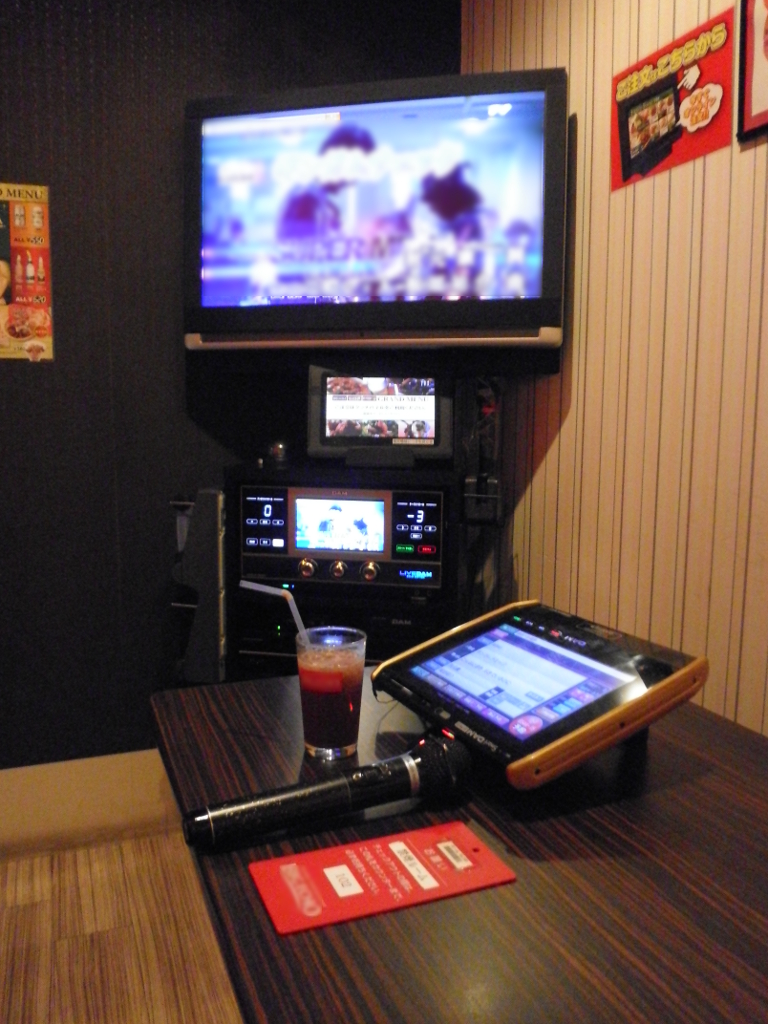Nov 01, 2017
Kobe’s Gift to the World – Karaoke!

Of all the things that Japan has given the world karaoke may be the most fun. It was Kobe’s own Daisuke Inoue who launched the craze of the “empty orchestra” nearly half a century ago. The Osaka-born Inoue was a drummer and band manager who came up with the idea for the karaoke machine when he was unable to make a performance for a client. Instead, Inoue rigged an eight-track tape machine to play the needed back-up music.
The improvisation worked so well that in 1971 Inoue rented out 11 machines to bars in Kobe that featured amplification of taped music recorded by Inoue and his bandmates. He never bothered to patent his machine but as karaoke became an international business Inoue recouped plenty of financial and honorific rewards as the acknowledged creator of the entertainment trend.
Experiencing Home-Grown Karaoke
Foreign karaoke devotees will find a different sing-along set-up than they are likely accustomed to in Japan. You can still stand up and belt out “I Will always Love You” in front of a group of strangers in a Japanese bar but that is not the main way to enjoy karaoke in Japan. More common are “karaoke boxes,” private rooms that groups of friends rent for the occasion.
Karaoke boxes are so popular that several chain stores offer the experience in the country’s big cities. Prices and services vary greatly so shop around. Most often pricing is per person and by the half-hour. Drinks and food are available and it is possible to find some rentals that include all-you-can-eat munchies and adult beverages. Don’t bother trying to bring your own food and drink to a karaoke box.
Karaoke joints usually open in the morning and go late into the night. Early weekday afternoons are a good time to find the best prices, especially if you are singing by yourself. Expect to pay maximum prices on weekday evenings, through the weekends and on national holidays. Reservations may or may not be taken and lines can be long which will negate your chances for an extension if you want to keep singing, so plan accordingly before renting your box.
What’s In The Box?
Once inside a karaoke box there is a media screen and touch pad to pick out songs. Two microphones are at the ready and there is room to dance. Serious karaoke singers will want to prepare a list of songs to sing in advance to minimize time wasted searching the selection. An in order set list will save time and money as well. Controls are set to Japanese but can usually be switched to English. You can also find Chinese and Korean songs in some boxes.
Machines will allow you to adjust the volume and give you a chance to insert some professional-style reverb into your performance. You can also alter the pitch and tempo of the songs to mesh with your vocal talents. A phone in the karaoke box can keep the drinks flowing and also will ring when your time is up. On your way out, give a nod of thanks to Daisuke Inoue.
By Orataw (Own work) [CC BY-SA 3.0], via Wikimedia Commons


About the author